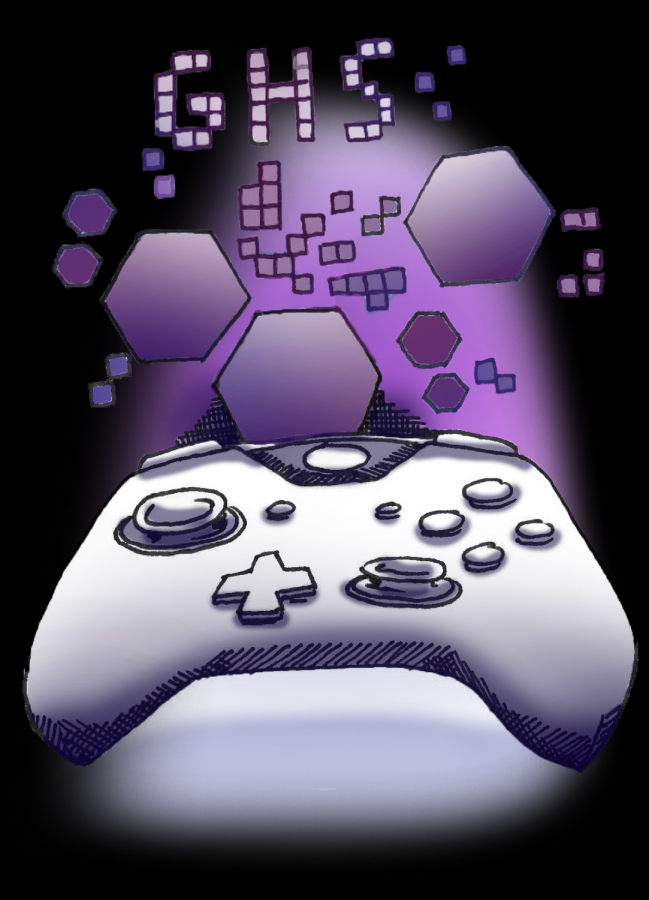Track, Football, Basketball, and… Esports?
How the Future of Esports is Just Getting Started at Garfield
Garfield’s first video game club last year has transformed into a pioneer of Washington high school competitive esports.
Esports have been generally overlooked by most institutions up to this point because of its relatively recent rise in popularity, which left all but the professional gamers to organize competitions within communities. But that may be beginning to change.
Competitive gaming is becoming more and more popular in high schools, prompting high school communities to organize competitions between each other.
“It’s just competing with each other and using video games as the medium,” said Garfield senior Rohan Wallace, the founder and president of last year’s smash club, now the Esports Club.
“Over the past ten years or so, colleges have started to accept scholarships and have been setting up teams [for esports],” said Wallace. “But at the high school level, this is definitely very new.”
Esports Club members’ play a variety of games, like first-person shooters Overwatch and Counter-Strike Global Offensive, and the multiplayer online battle arena games like League of Legends. The club’s best performing Esport is the game that started the original club, Super Smash Bros. Ultimate.
Through the club, these students are able to compete with other high schools in an online setting.
“This is all very new and fun for me,” said Jack Waterman, a Garfield math teacher who has been the club’s coach, coordinator, tournament host, and contact between other schools’ coaches.
The club is participating in its very first tournament against other schools, competing in SSBU matches every week. So far, the team has been doing very well.
“We have been playing for three of five or six weeks of it now,” said Waterman. “We’ve won the first three meets.”
In the competitions, Garfield faced O’Dea, Southlake, and Chimacum high schools and managed to win with a commanding lead in all of them.
While Esports Club has enough SSBU players to compete with other schools, they lack enough players to compete in any other game.
“There is a League of Legends tournament that [the NASEF] are going to be hosting in January,” said Wallace. “So we’re looking for players for that.”
The NASEF (North American Scholastic Esports Federation) is one of two associations that have helped connect high school teams, the other the Washington State Scholastic ESports Association.
“They organize tournaments and we sign up and participate through them,” Wallace said. “They figure out rules and how things are going to run.”
Both NASEF and WSSEA have been around for years, with WSSEA being more recent and connecting Washington’s high schools while NASEF makes bigger events happen, spanning high schools across Canada, the U.S., and Mexico.
COVID has also affected esports and the way that they are played, but in the case of high school esports, the virus has only increased availability.
“I’m not really sure what any of this would look like in a not purely online sense,” said Waterman. “Connecting in-person to these tournaments would be a challenge, so it’s actually kind of nice that it’s all online.”
Especially during COVID-19, the world of competitive gaming offers its participants more than just an excuse to show off their gaming skills.
“You get a greater appreciation for the designer’s work and you can push the game to its limits,” junior and competitive gamer Kevin Ji said. “You experience more of the game.”
“It’s a great way to meet new people and have experiences with friends,” said Wallace.
Students can join the competitive gaming scene by researching sub-reddits and discords to find a community that competes in the game they play, or students can join Garfield’s club by emailing Rohan Wallace at [email protected].




